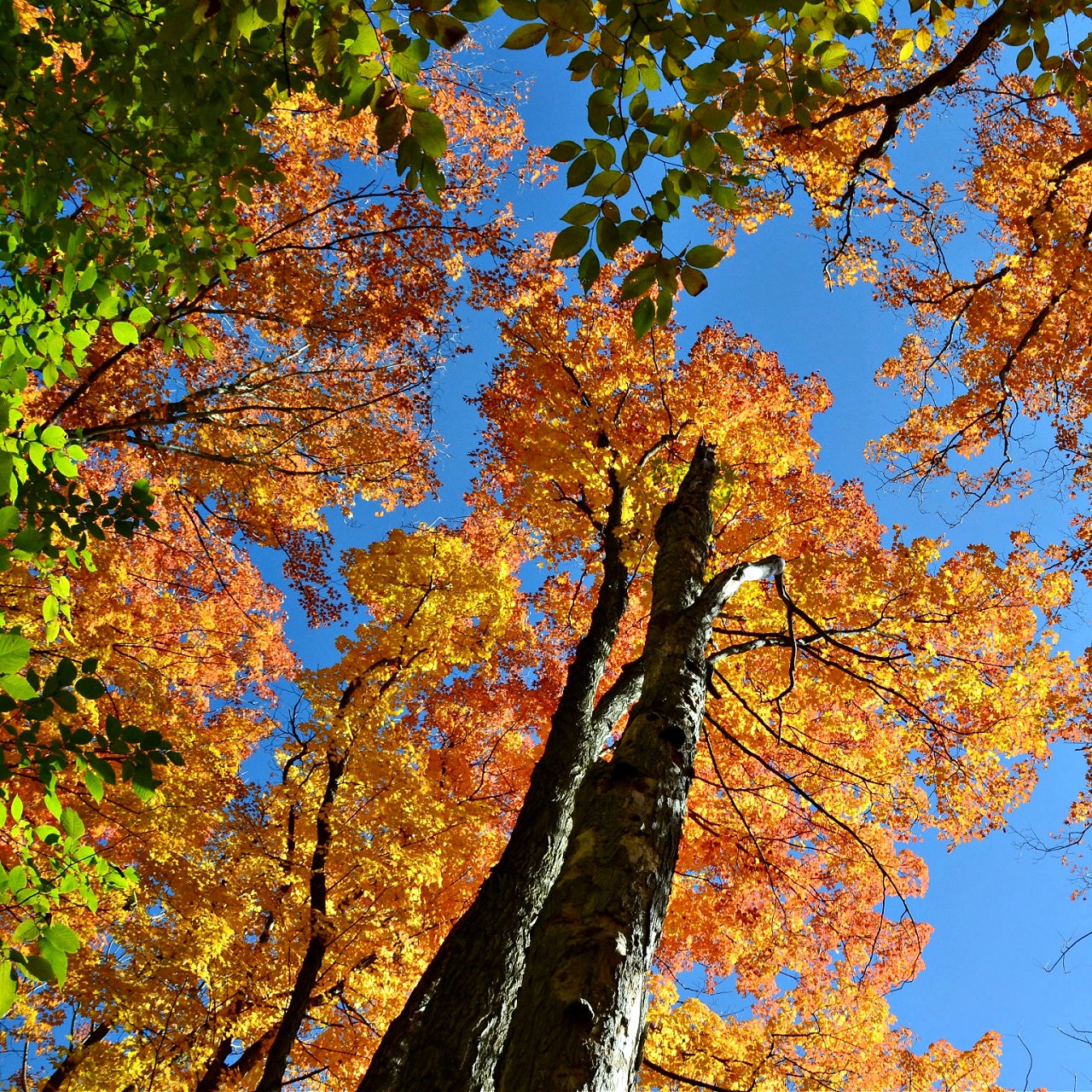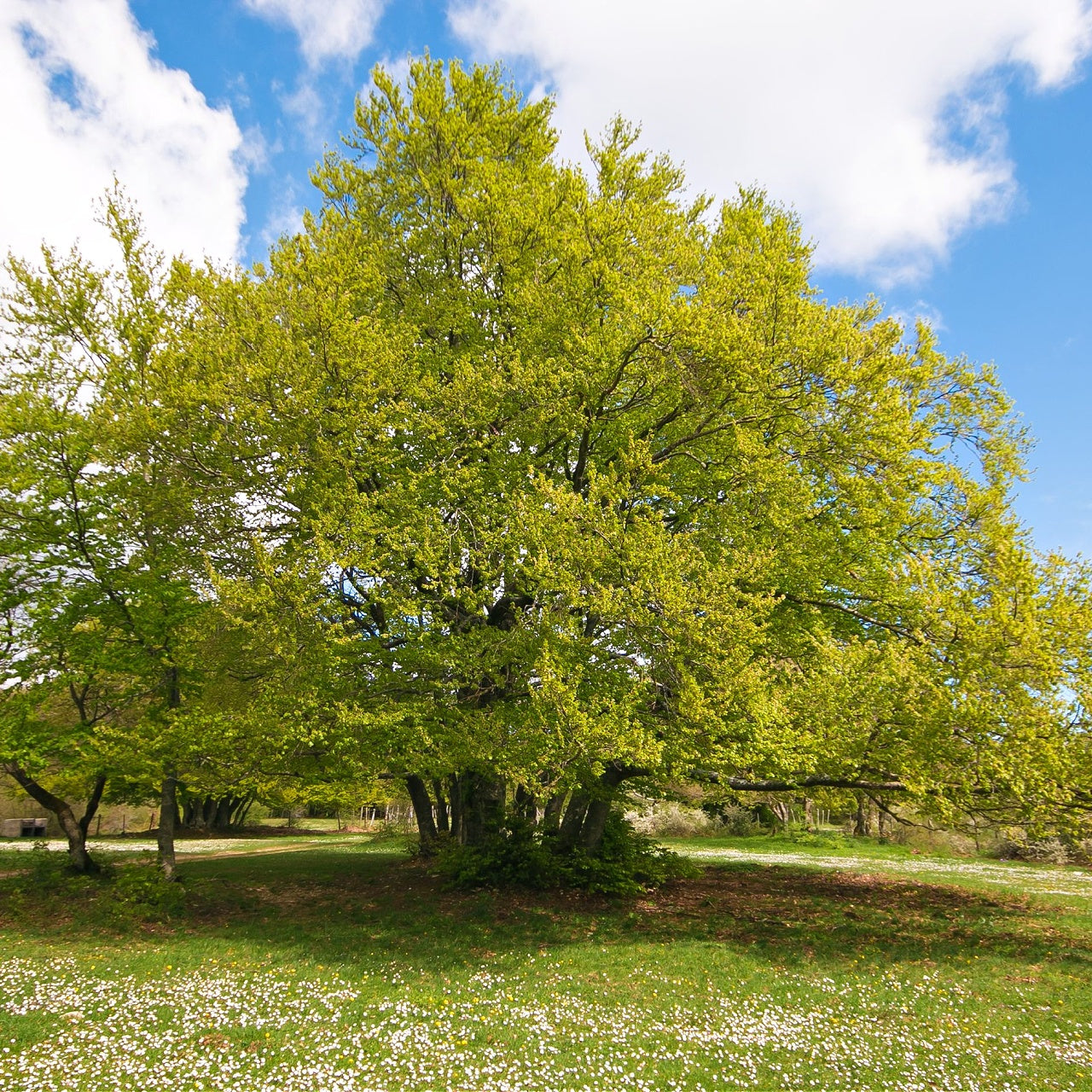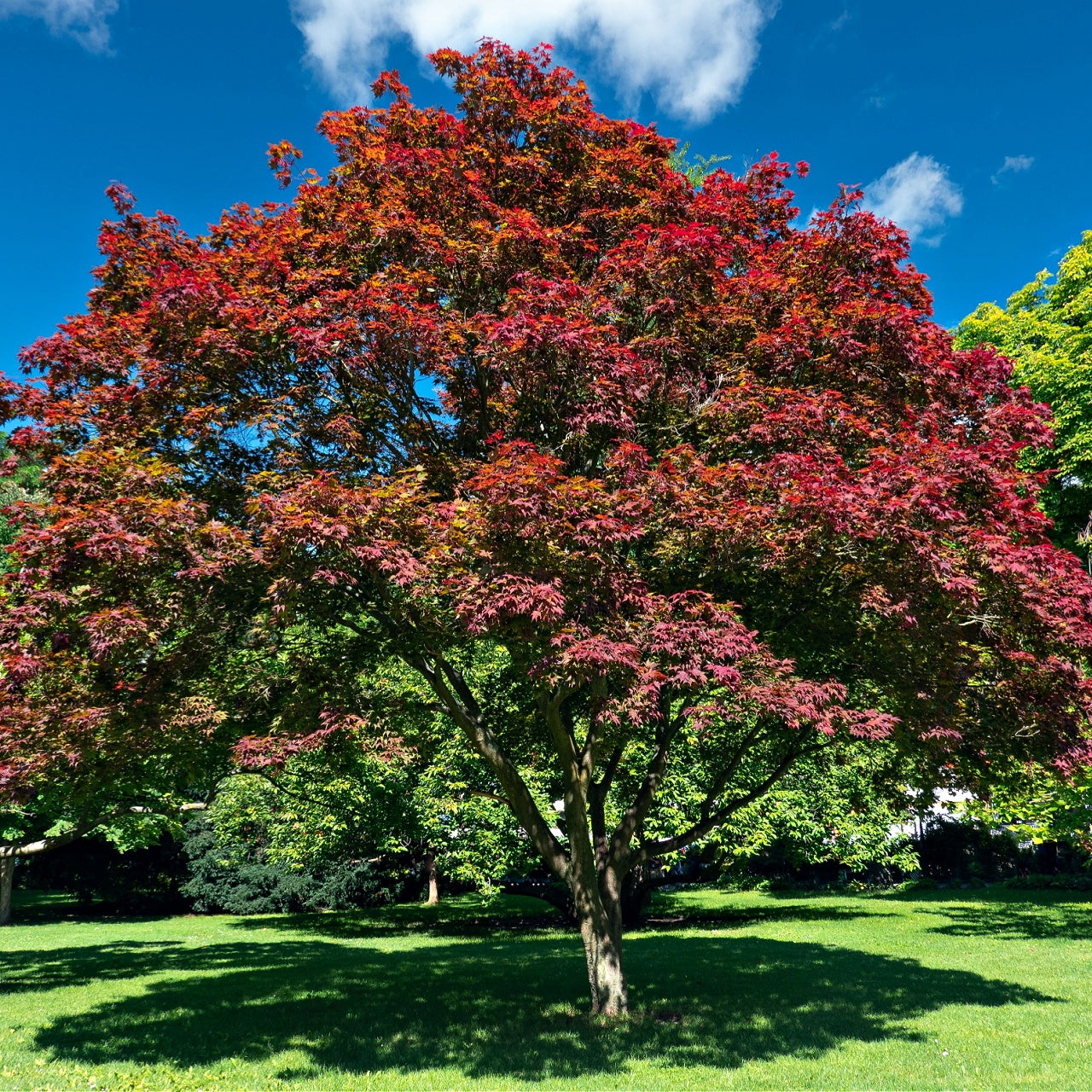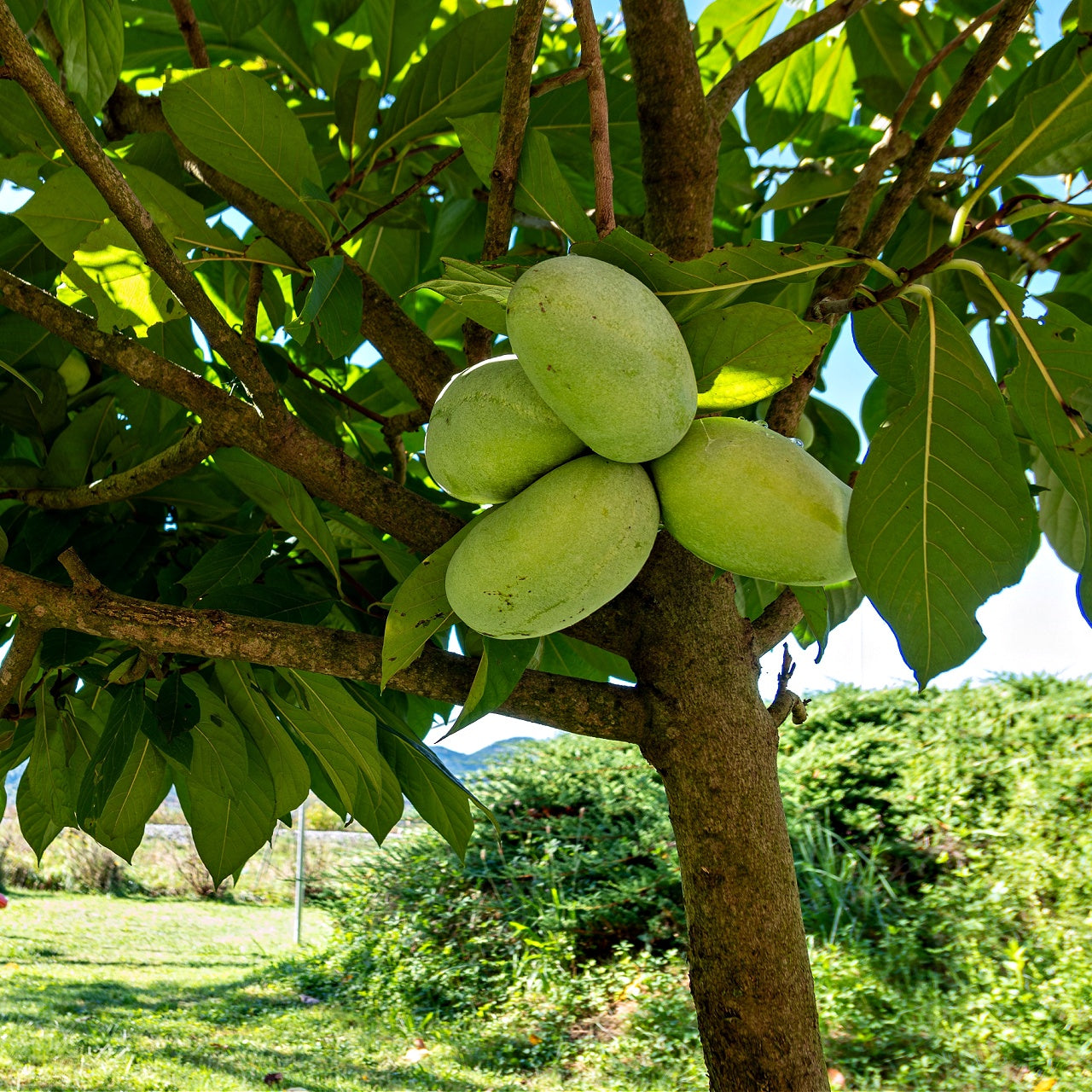
Ginkgo Biloba: Living Fossils of the Tree World
Ginkgo Biloba: Living Fossils of the Tree World
Ancient and Resilient
Ginkgo biloba, often called "ginkgo," is a remarkable and ancient tree species that has fascinated botanists, horticulturists, and nature enthusiasts for centuries. Known for its hardiness, pest resistance, and distinctive fan-shaped leaves, ginkgo trees are often hailed as living fossils, making them one of the world's oldest species. In this exploration of Ginkgo biloba, we will delve into its resilience, unique characteristics, growth rate, and its enduring status as a living relic from the past.
The Hardy and Pest-Resistant Ginkgo Biloba
Ginkgo biloba is renowned for its hardiness and resilience. These trees are remarkably adaptable and can thrive in various environmental conditions. Ginkgo trees can withstand adverse conditions, whether planted in urban landscapes, temperate climates, or even polluted areas. They have proven their resilience in various environmental challenges, including air pollution, drought, and extreme temperatures. One of the secrets to their resilience lies in their unique physiology. Ginkgo trees possess a distinctive feature known as "ginkgolides," natural compounds that act as chemical defenses against pests and diseases. These ginkgolides, found in the leaves and seeds of the tree, deter many common pests and pathogens, making ginkgo trees relatively pest-resistant compared to other tree species. This natural resistance to pests and diseases contributes to their reputation as low-maintenance trees.
Living Fossils: Ginkgo Biloba's Ancient Legacy
Ginkgo biloba is often called a "living fossil" because it is the last surviving species of its botanical lineage, dating back over 270 million years. These trees have an astonishingly long evolutionary history, coexisting with the dinosaurs. Ginkgoes are considered a relic from an ancient world, as they have survived numerous mass extinctions and have remained virtually unchanged over millions of years. One of the key reasons for their survival is their ability to adapt to changing ecological conditions. Ginkgoes have evolved slowly, making them well-suited to withstand geological eras and climatic shifts. Today, they stand as a testament to the resilience and longevity of plant life on Earth.
Fan-Shaped Leaves: A Distinctive Feature
One recognizable feature of Ginkgo biloba is its unique fan-shaped leaves. The leaves are usually divided into two lobes, giving them a look that sets them apart from most other tree species. The foliage turns a brilliant golden yellow in the fall, creating a striking contrast against the greenery of other trees. This autumn display of color makes ginkgo trees a popular choice for urban landscaping and public spaces. The fan-shaped leaves have not only aesthetic but also practical value. They are relatively small and do not clutter landscapes with excessive leaf litter. Additionally, their unique shape allows them to shed rainwater efficiently, reducing the risk of fungal diseases that can affect other tree species with larger, more complex leaves.
Growth Rate and Height at Maturity
Ginkgo biloba is a slow-growing tree, particularly during its early years. In the first few decades of its life, it tends to put its energy into developing a strong and extensive root system rather than rapid above-ground growth. This slow growth rate might discourage some gardeners and landscapers from seeking quick results, but patience is rewarded for ginkgo trees. On average, ginkgo trees can reach 50 to 80 feet (15 to 24 meters) at maturity, although exceptionally old and well-cared-for specimens have been known to exceed 100 feet (30 meters). Their growth rate typically accelerates once they reach adulthood, allowing them to achieve their full potential height over several decades.
Ginkgo biloba stands as a testament to the endurance of life on Earth, having survived for millions of years and earning its title as a living fossil. Its hardiness, resistance to pests and diseases, unique fan-shaped leaves, and slow but steady growth make it a fascinating and valuable addition to the world of trees. Whether they grace urban streets, parks, or botanical gardens, ginkgo trees continue to capture the imagination of all who encounter them, reminding us of the ancient beauty and resilience the natural world offers. As we appreciate these living relics, we are reminded of the significance of preserving and protecting our planet's diverse and enduring flora.






